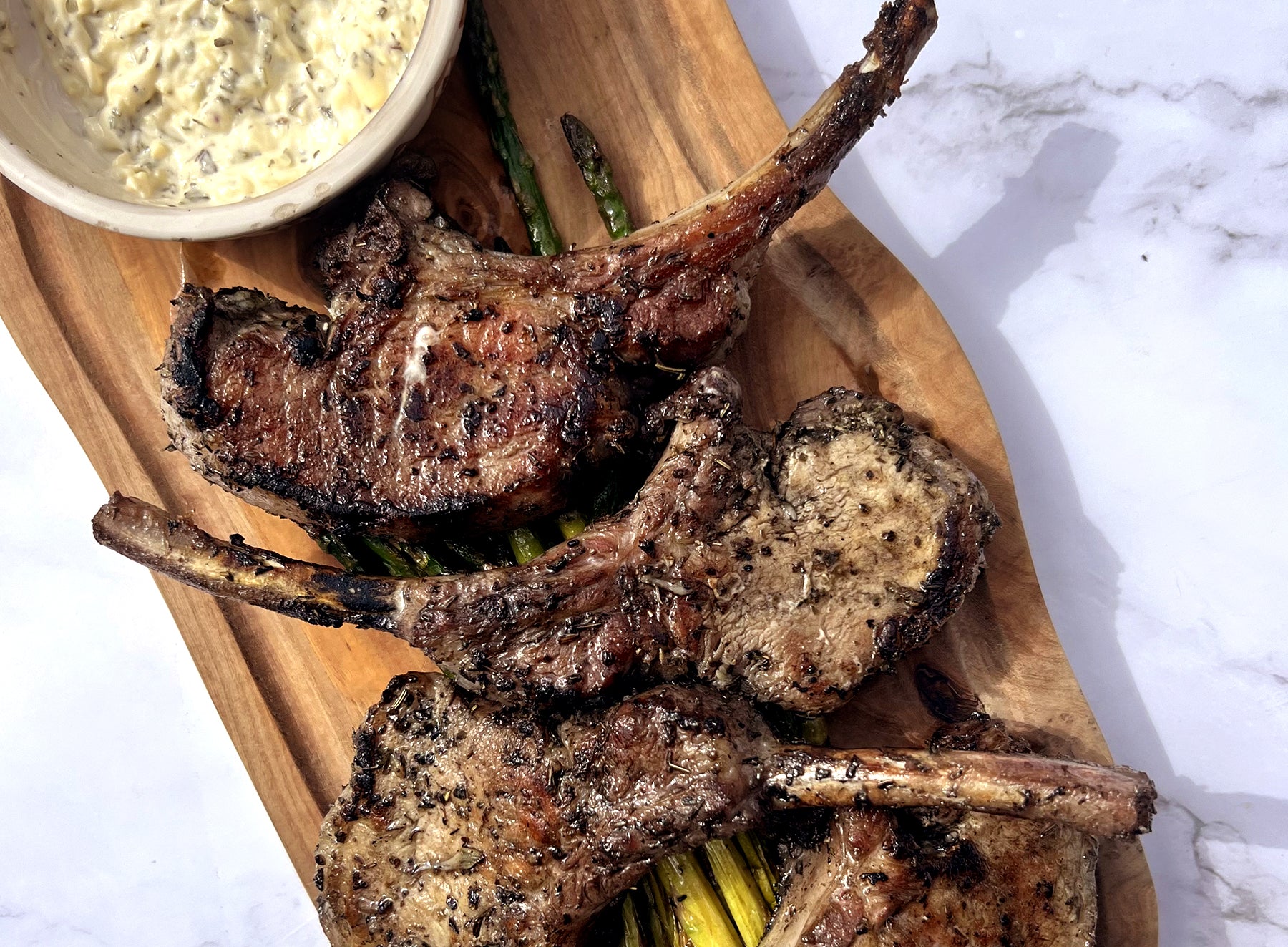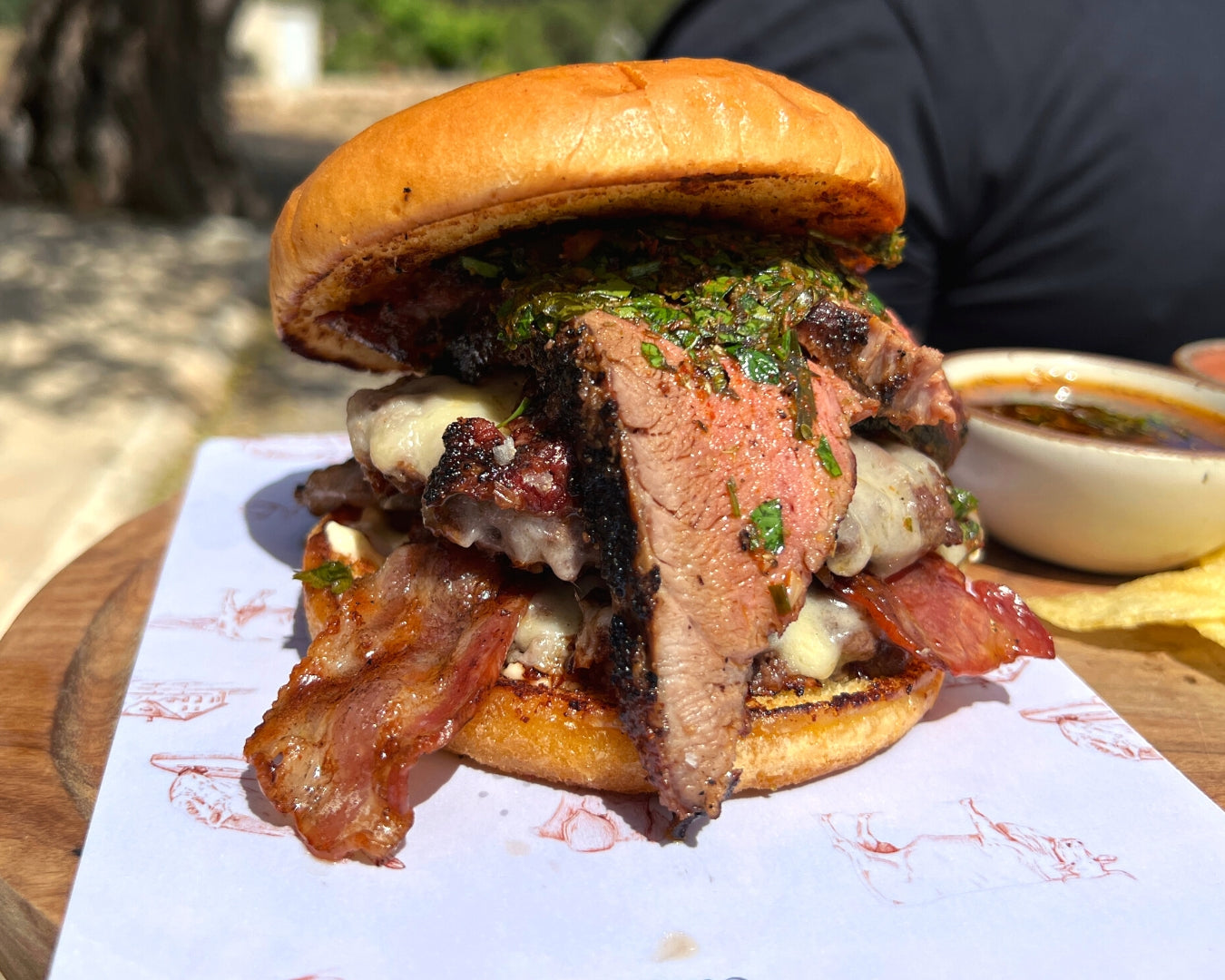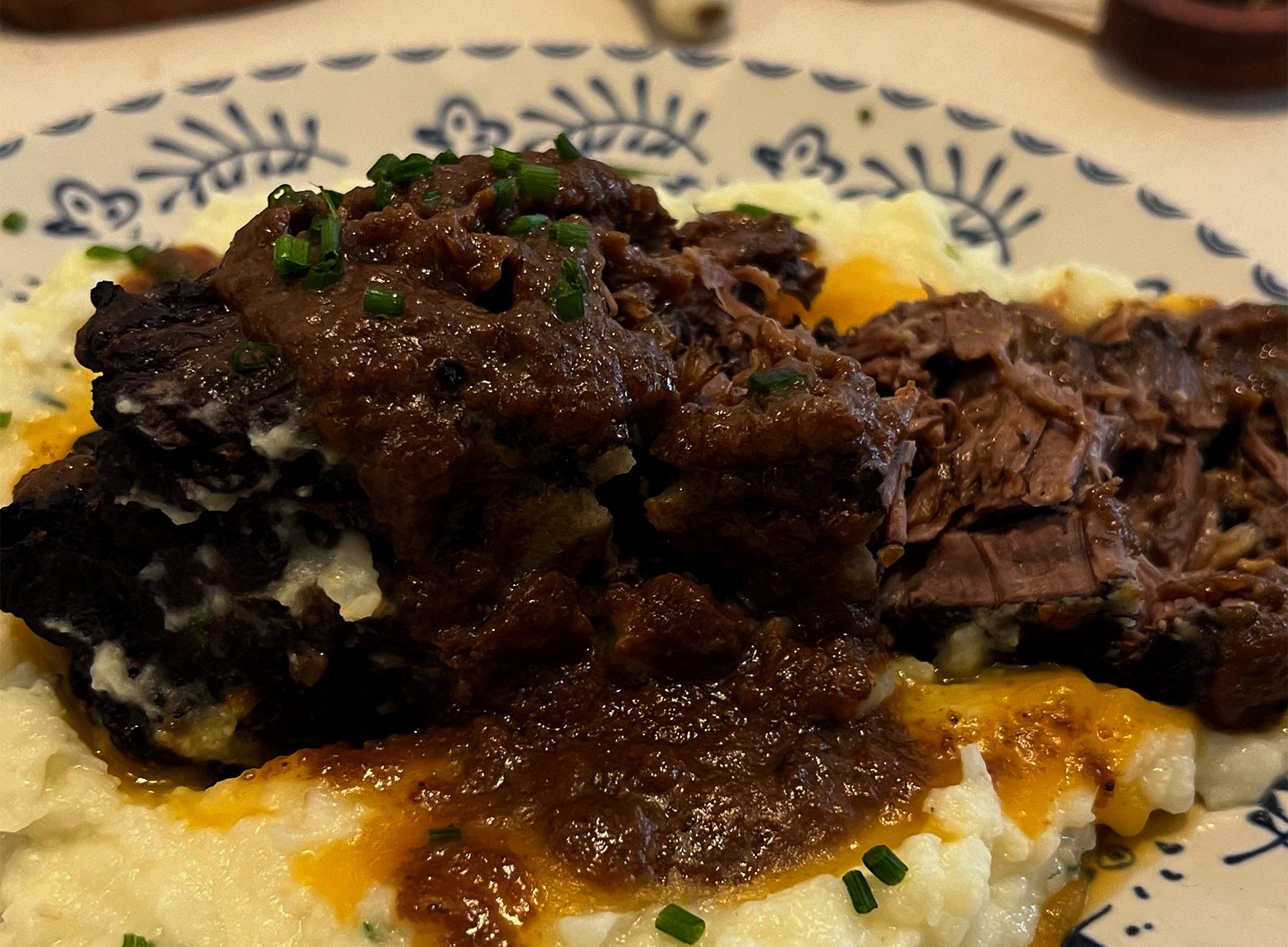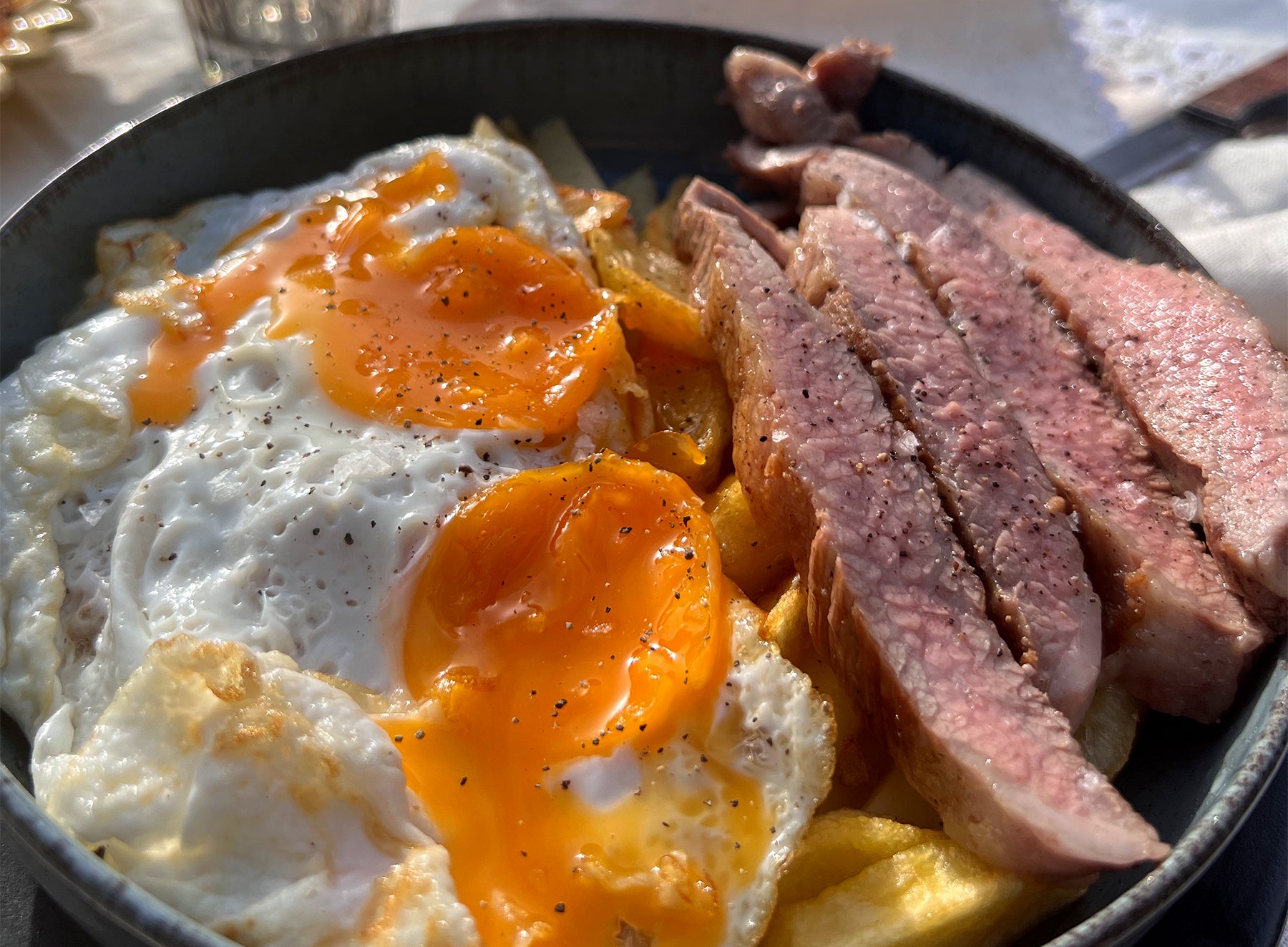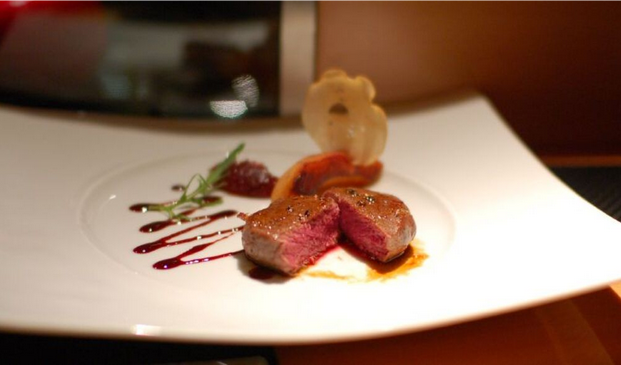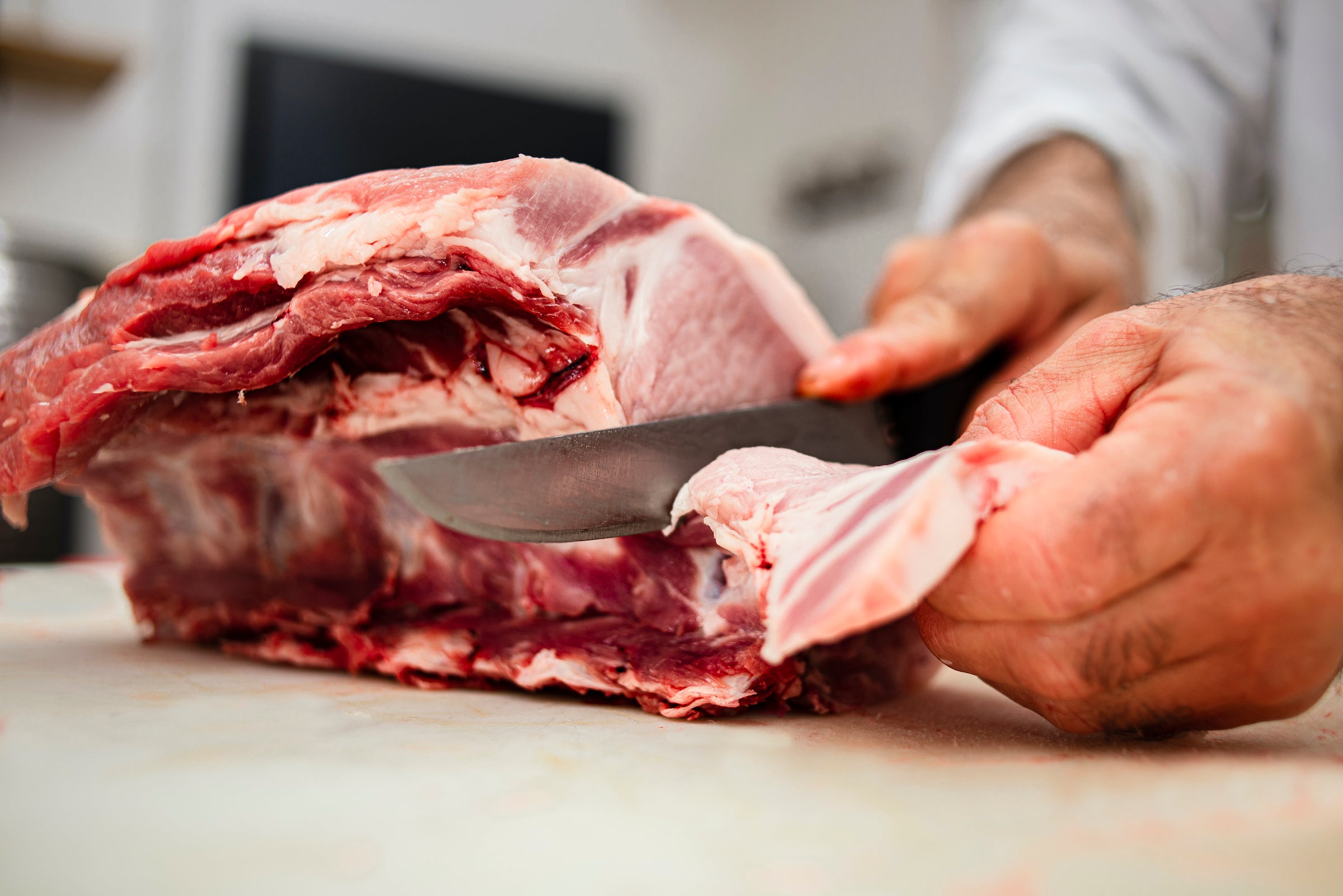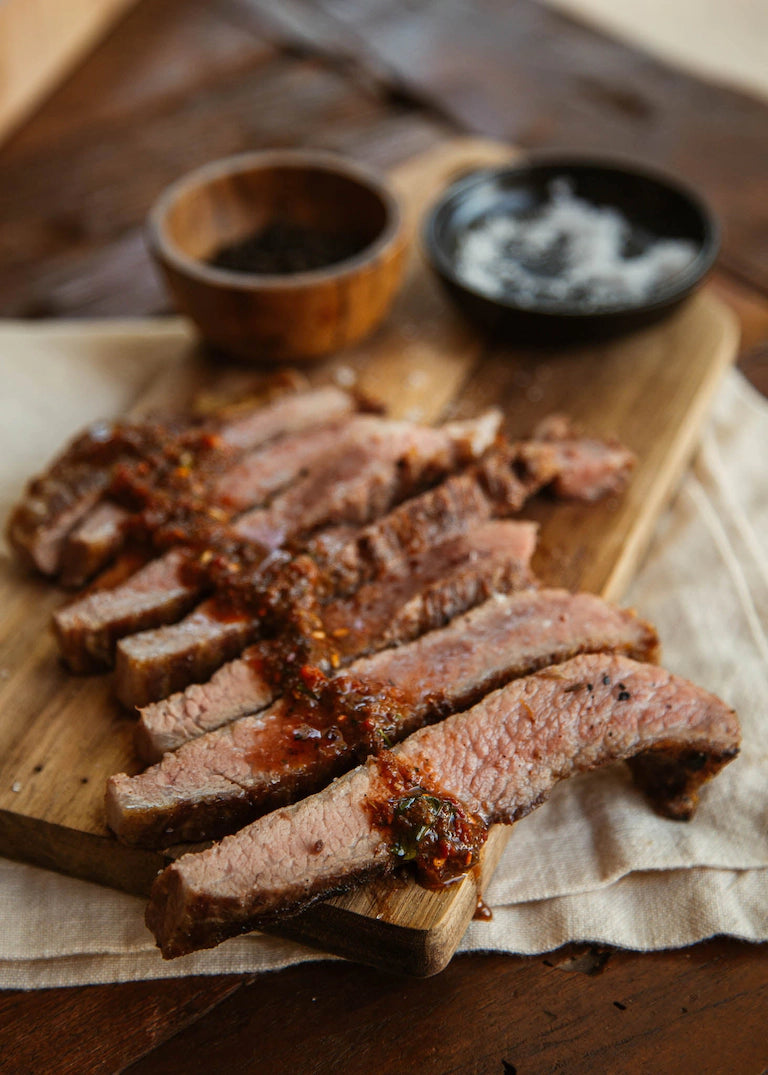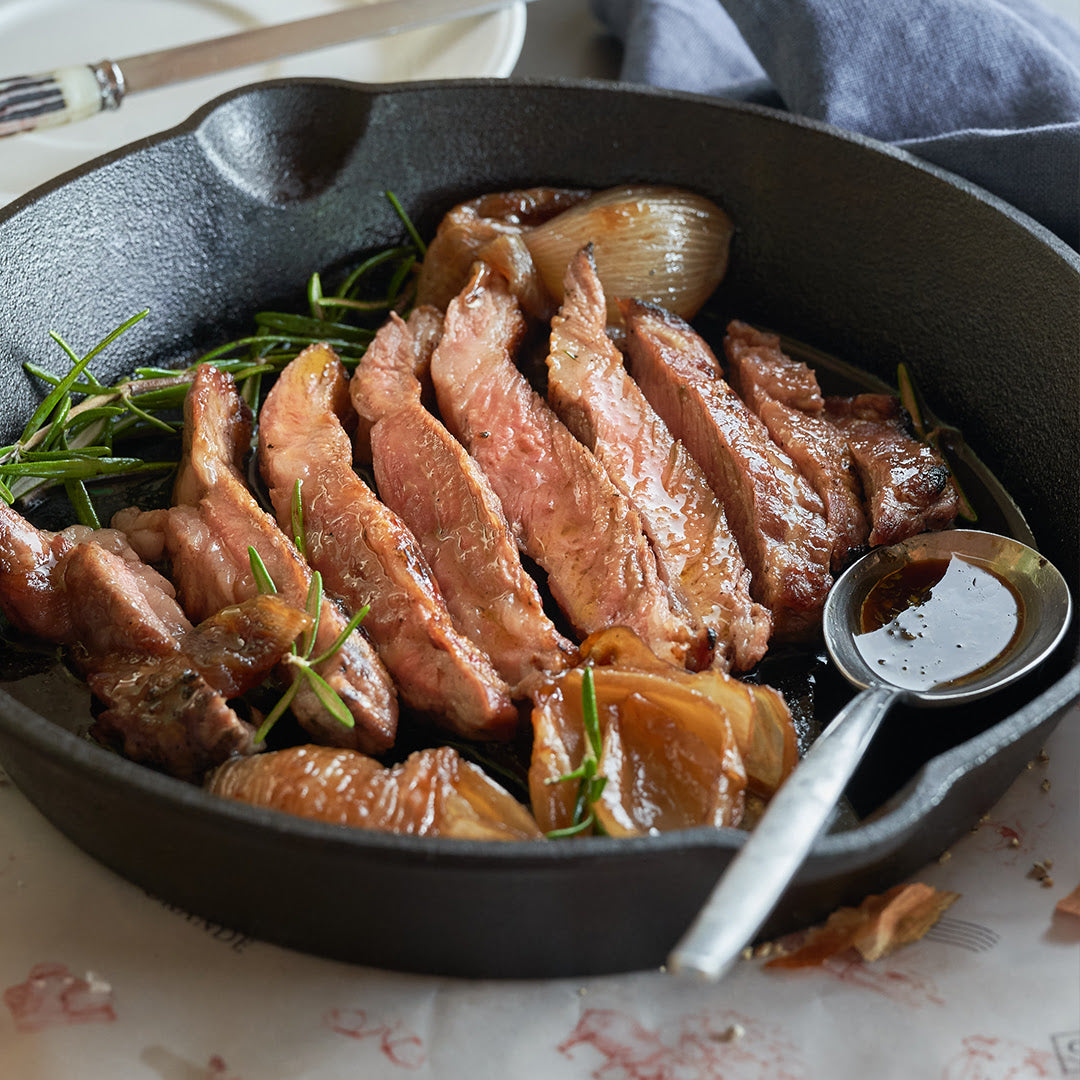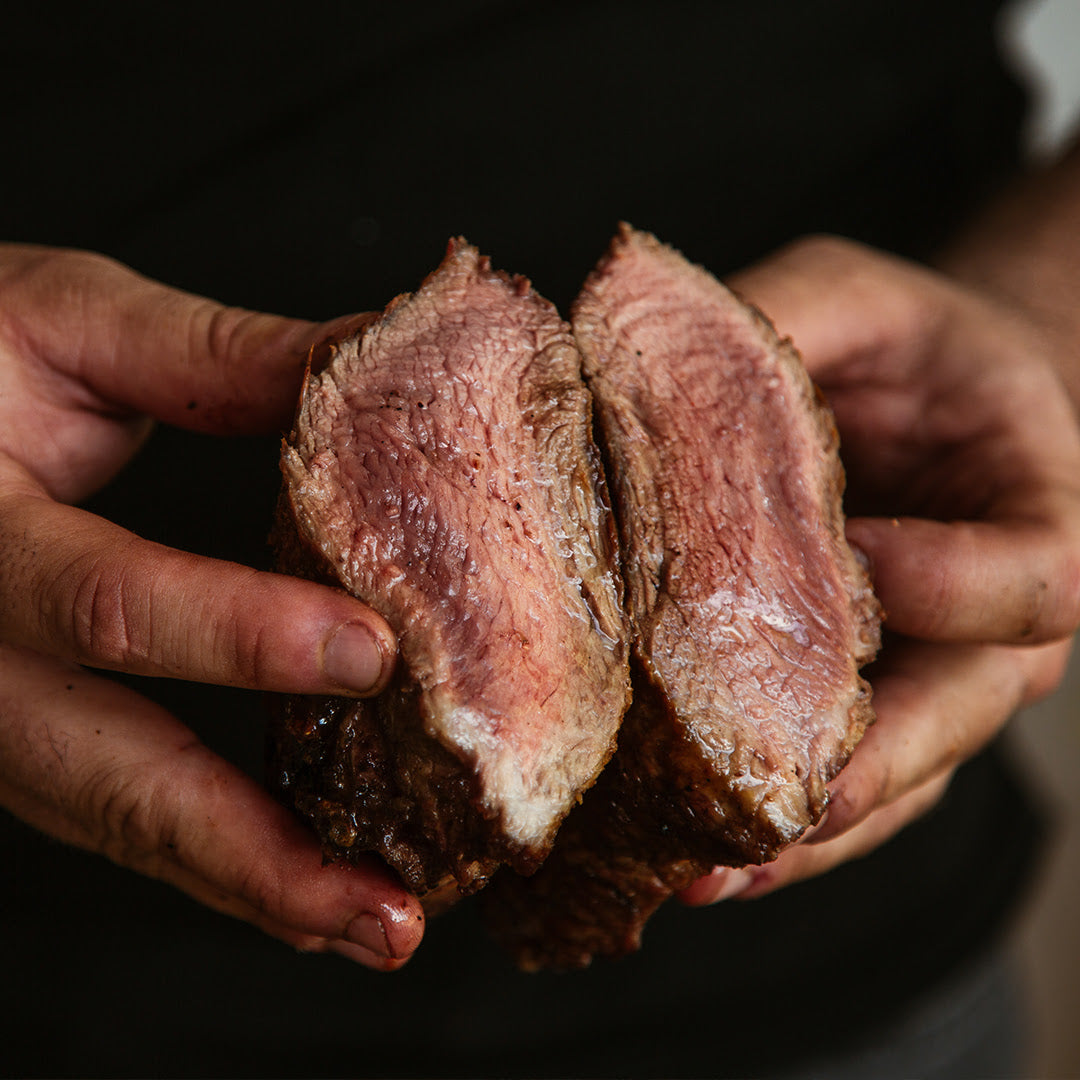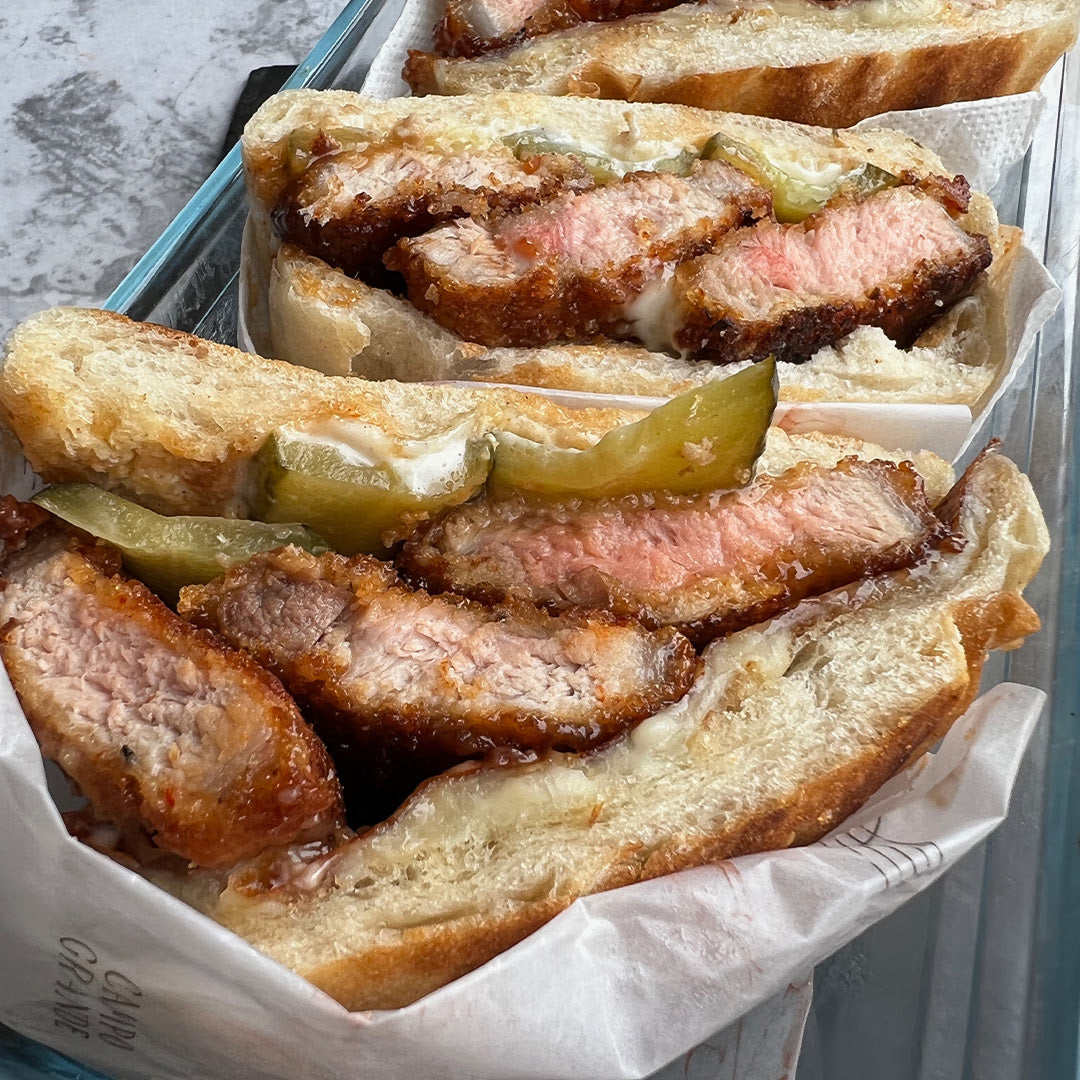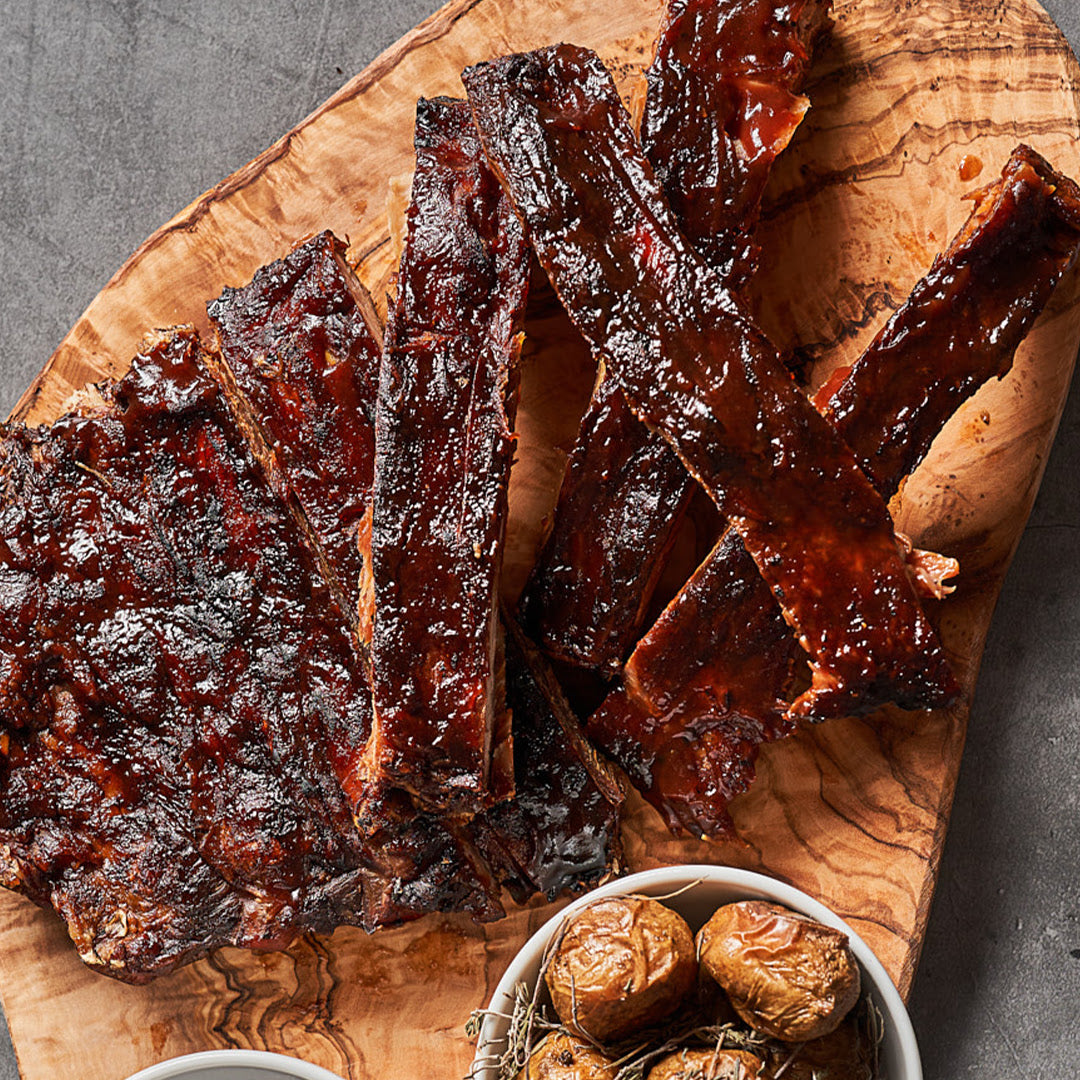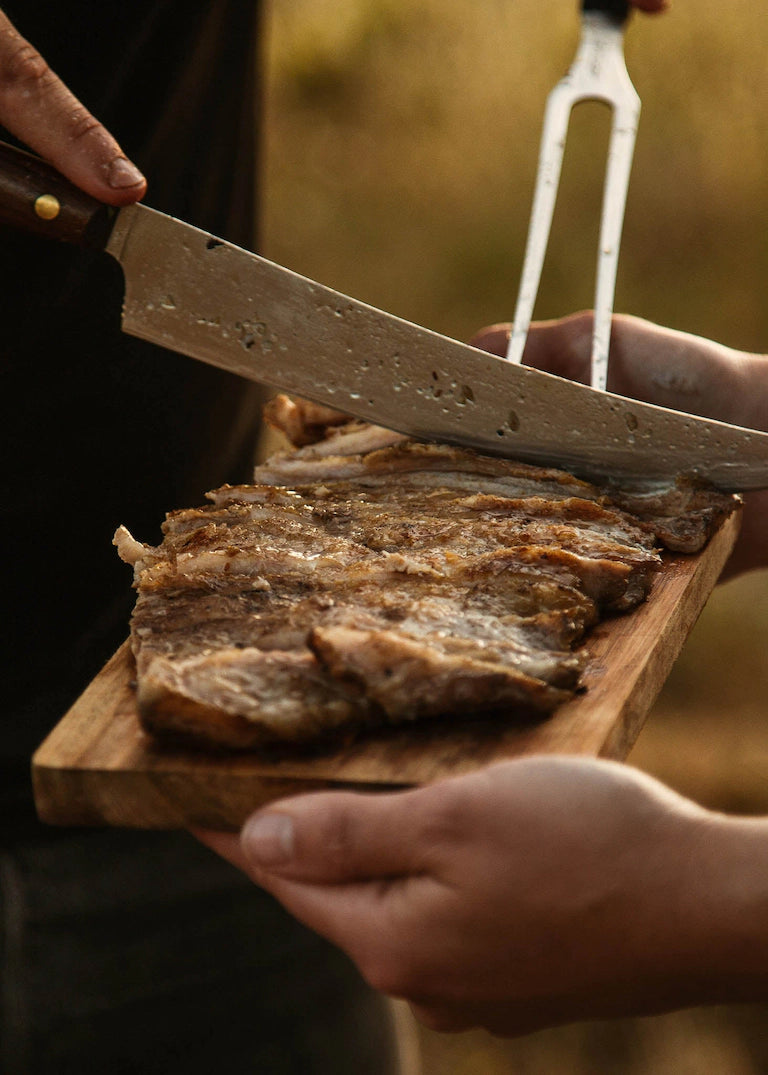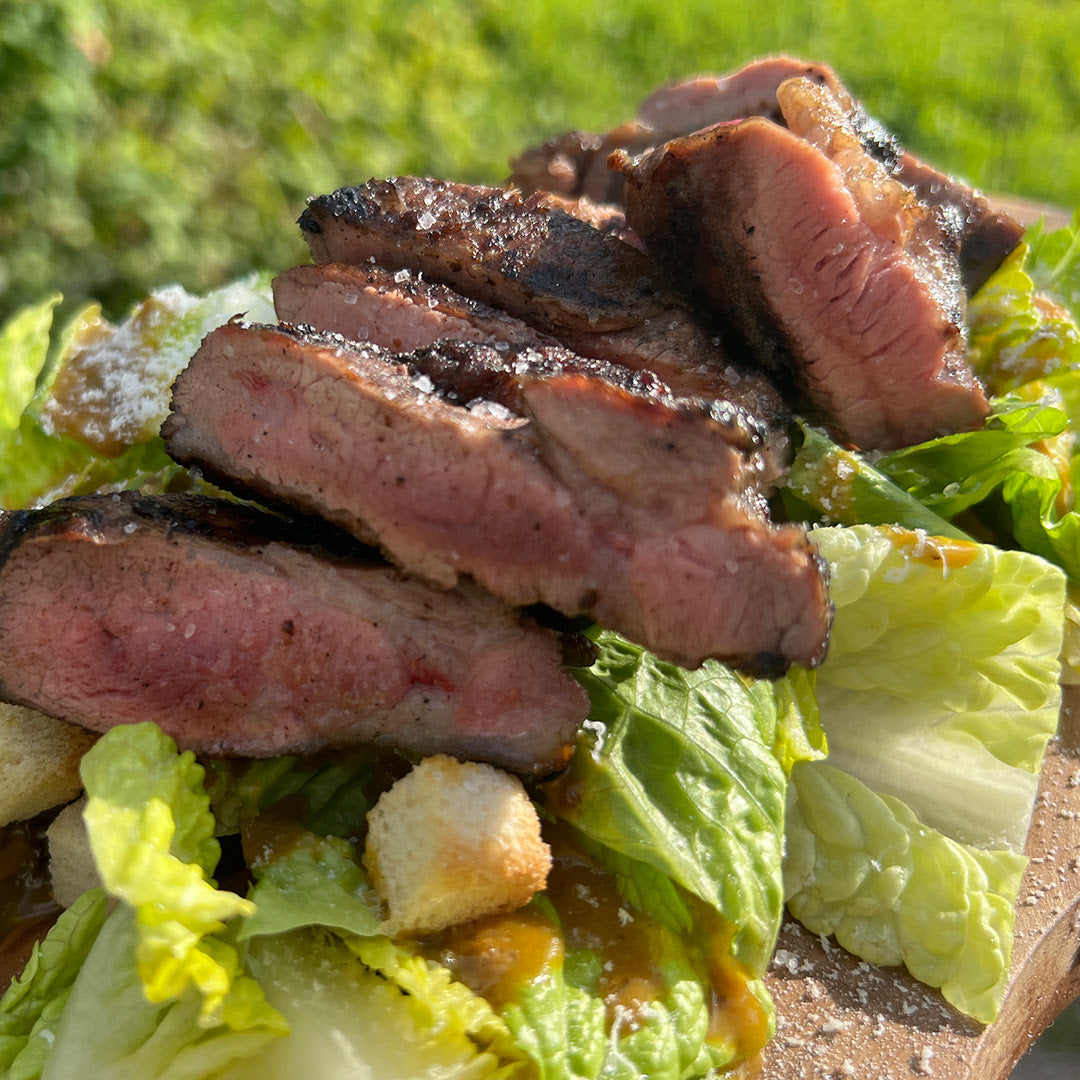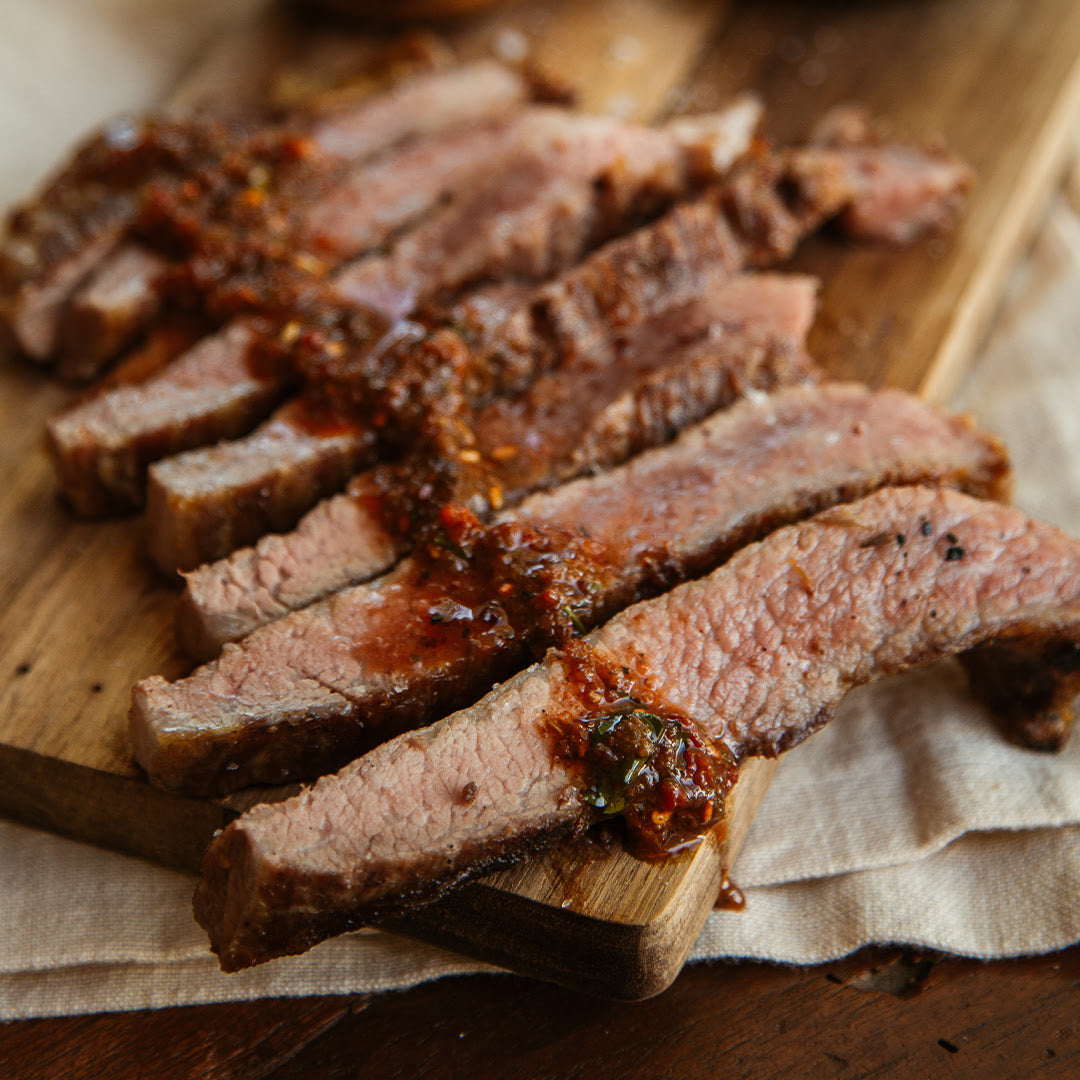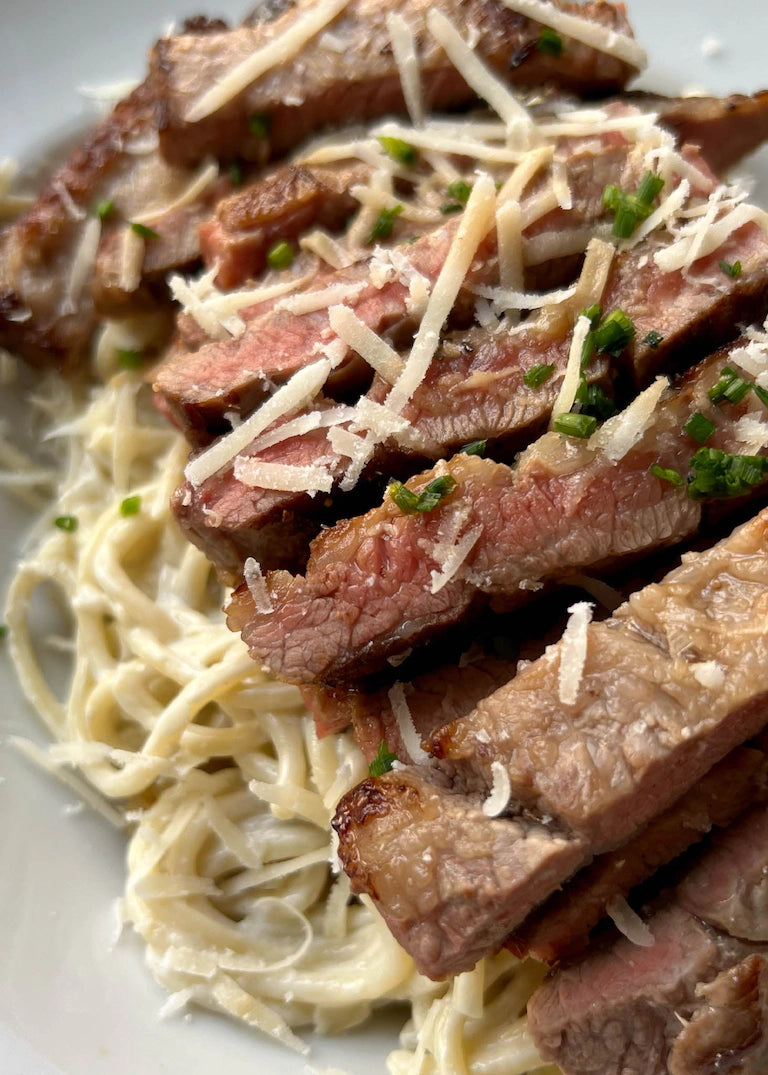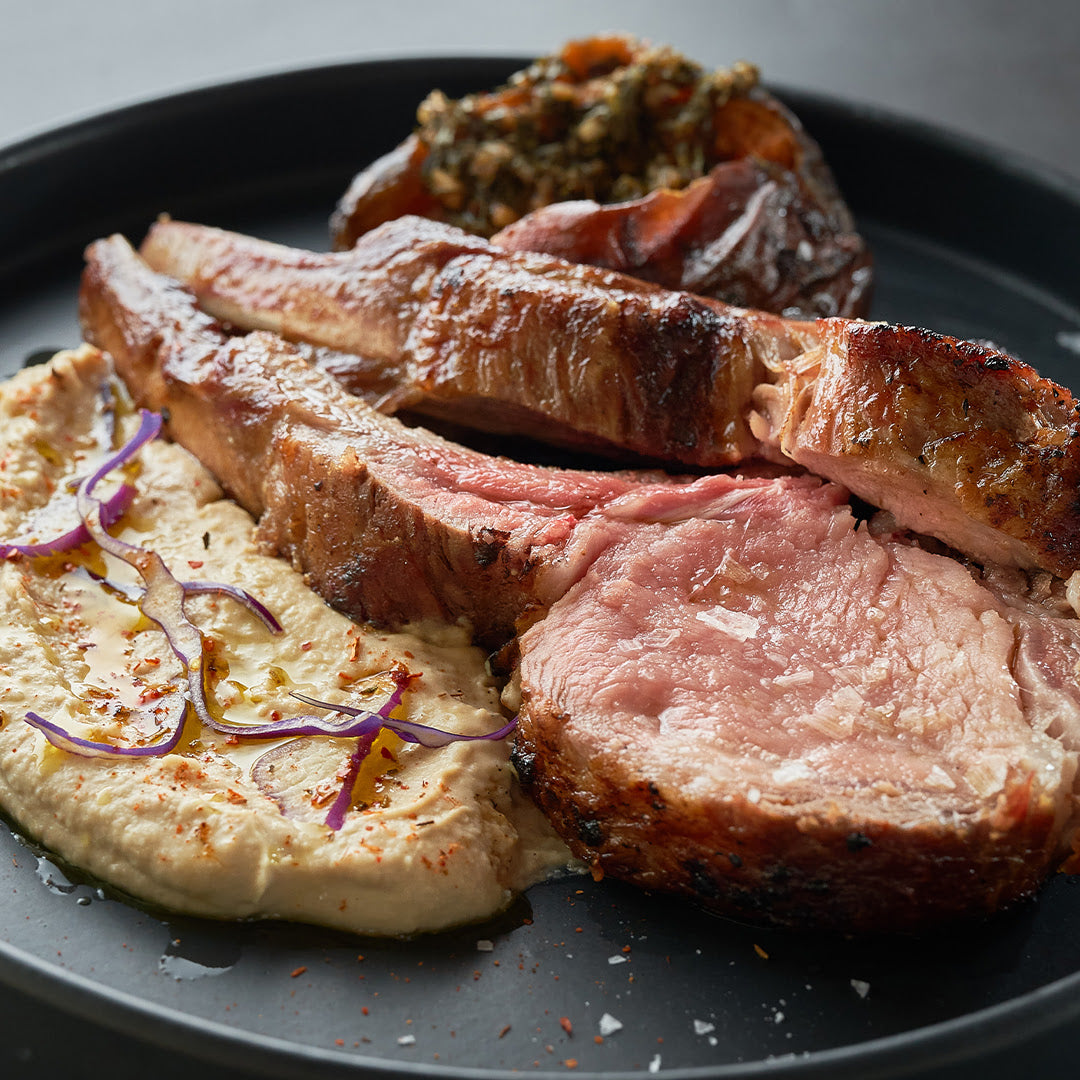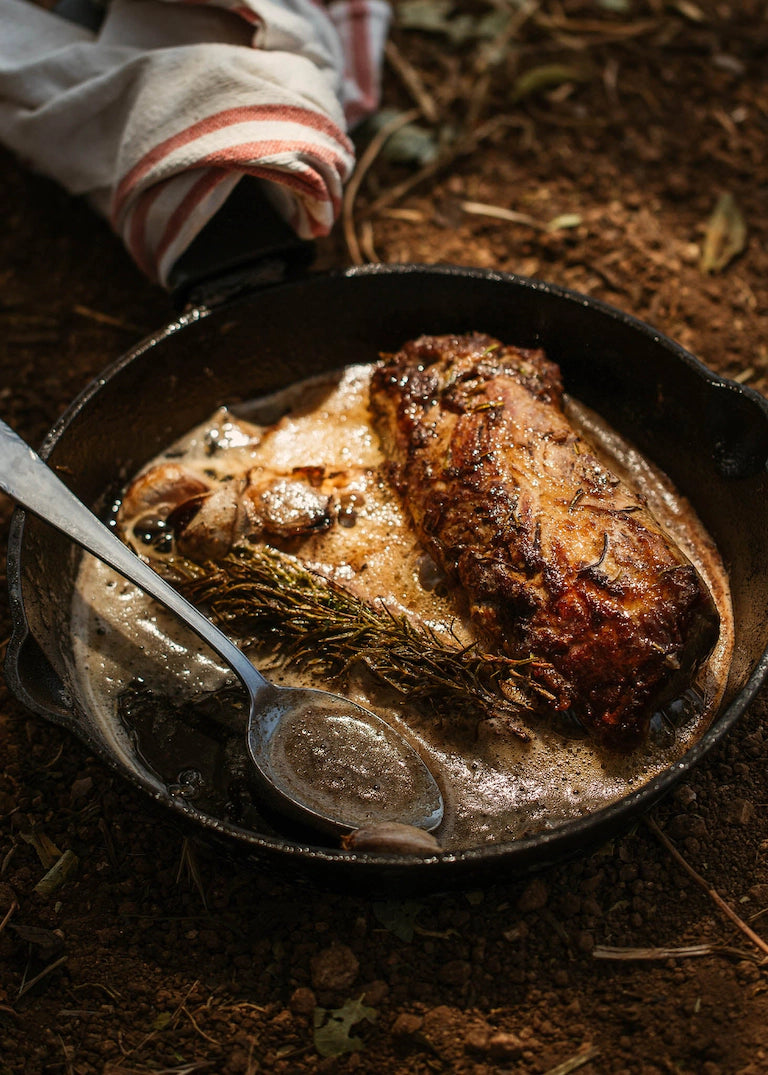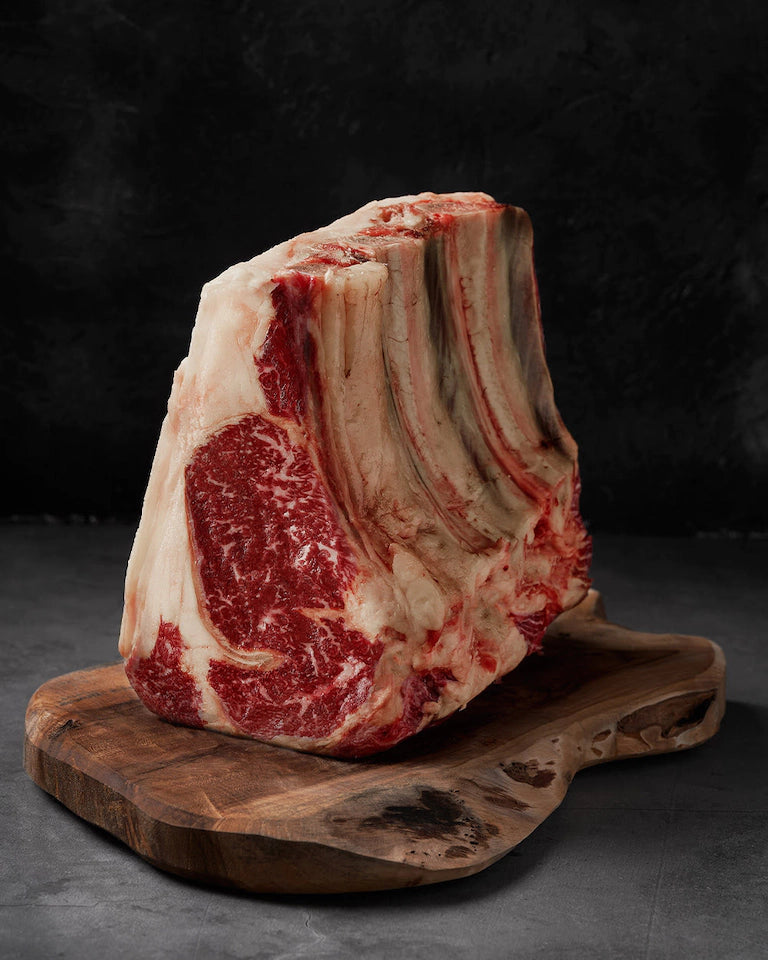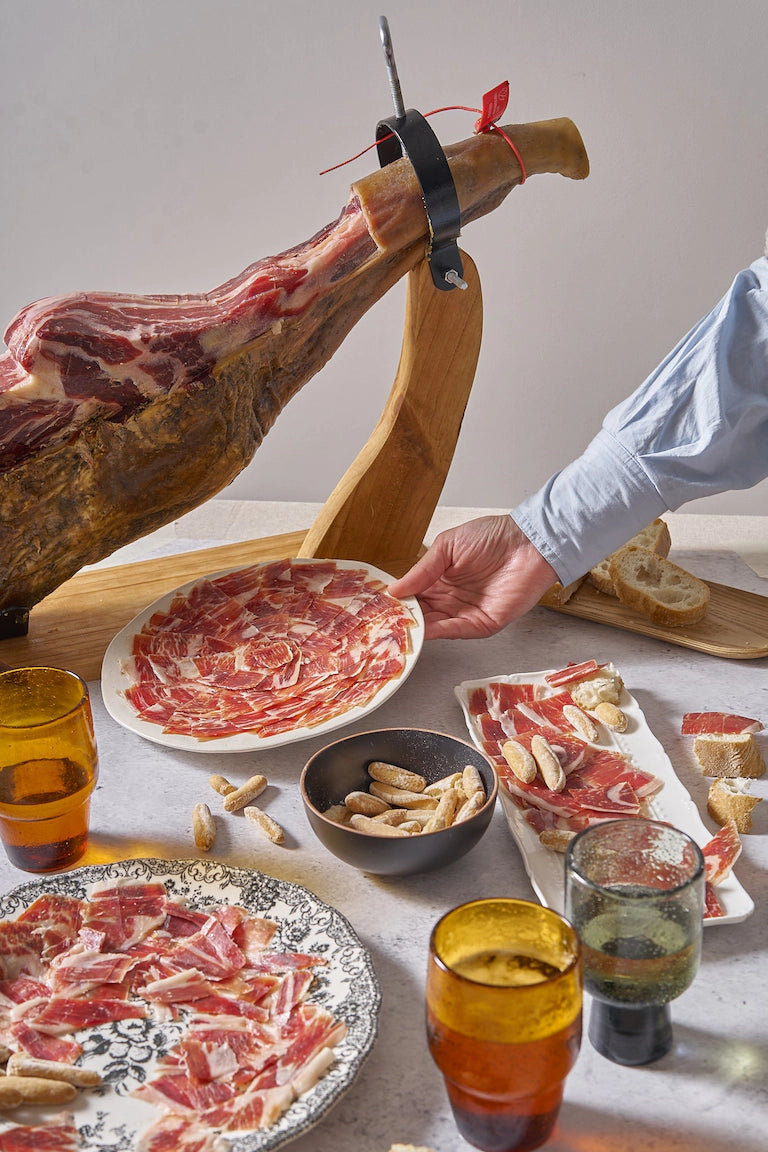
On Campo Grande Amigos, we invite special guests to share their ideas about Spanish food culture and get down into the nitty gritty of Ibéricos and more. We’re kicking off this series with George from the Bay Area in California, who is a serious Campo Grande fanatic.
Kurt: I’ve really been wanting to share a few ideas about Spanish culture and Ibérico culture, and get into a deep cultural dialogue. And so I got to thinking…who better to start off this conversation than with an actual Campo Grande customer who has become a friend of mine. George, can you explain a bit about yourself and you know, prove that you’re not some paid actor.
George: Well I think it’s pretty obvious that I’m not an actor, period, and definitely not a paid actor. I go to Spain probably every year or every other year at least, and I of course discovered the Ibérico pork there. Well low and behold not too long ago I saw the Instagram ad and well, be still my heart! I didn’t even know Ibérico pork existed here in America. Of course, there are the jamón serranos and whatnot that were previously not available, and those are now coming to fruition here. When I came across your ad for the very first time, I placed my order and now I’m hooked.
Kurt: In the US, Ibérico is still relatively unknown unless maybe you're in the New York or LA dining scene. And you’ve obviously had Ibérico before Campo Grande from visiting Spain. I also hear you have a Spanish background.?
George: I spent my middle school years in Spain. My father was in the military there in a small town called Coslada. In the Spanish community and lifestyle you’re always going out to eat a good meal and socialize and it was from there that it brought my passion for food and the socialization surrounding that.
Kurt: Sometimes it’s difficult to try and communicate properly about Spanish food or Ibérico to the American consumer. They often think of pork as a barbecue product— which is obviously delicious and amazing on its own merit— but traditionally you have to introduce a lot of flavor and seasoning and cook it for a long time. How does this type of pork, in your view, take a departure from the regular pork that people know right now?
George: That’s a tough call. The culture here is to grill it and smoke it and season, season, season it, or marinate and put it in the Traeger. But the delicate flavors of this type of pork require absolutely minimal seasoning. I have a Greek background so I like to use just salt, pepper, and a little Greek oregano, and that’s all you need. But it’s a mindset. It’s a paradigm shift for American folks. It doesn’t need a lot of seasoning and it doesn't need to be cooked until it's gray and charcoal-like. There’s always been this idea that you have to cook it like shoe leather or you’re gonna get sick.
Kurt: Yeah, we get a lot of comments from people asking, “Why are you cooking it like this, pork isn’t supposed to be medium rare!” But the mindset surrounding this meat category has been inherited from a bygone era where the USDA implemented high minimum cook temps to create a blanket statement around industrial and hormone-produced commodity pork— pork that's been bred for yield rather than flavor. And that's carried with it some issues along the way. So now what we are trying to produce for Spanish culture is really this kind of pork renaissance, if you will. We want people to rediscover what it means to cook pork and hopefully people will agree that the way we describe Ibérico as the wagyu of pork is all about the methods of minimal cooking and how it’s treated while it’s being cooked.
George: It’s definitely a shift in mindset. You mentioned yield, for example. Here the pork is raised and cooked for yield. We have the Costco Supercenters and you have to buy 48 pounds of pork so you get it for a certain amount and even get a free soda on top of it. But there’s no flavor and so yeah, that kind of pork you may want to cook for much longer. But this is delicate and tasty Ibérico pork and it does not require that whatsoever.
Kurt: I hear you’re cooking sous vide Ibérico. I’m not used to cooking it that way in Spain, can you walk me through it?
George: The sous vide is the great equalizer. Suddenly everyone is on the same plane. If you’re a bad cook, a good cook, or even a Michelin-star cook, everyone is equal. You literally set it to the temperature of your liking and that’s it. There are so many charts and videos out there. For me with this pork, I like 131ºF. The secreto and the pluma, for example, are best at this temperature for 2 hours. You can even go out and be a little late coming home and it’s still great—it can go 3 or 4 hours because the temperature never goes over. Then you grill it really quickly just to sear it.
Kurt: And once you’re finished searing it does the temperature go up to 140ºF?
George: You can let it go up to whatever temperature you want on the grill. The sous vide literally measures tenths of degrees and when you sear it on the grill, it only goes up less than a degree. It’s just one or two minutes max.
Kurt: When you're cooking this type of quality meat, we usually tell people not to add any oil to the pan because Ibérico has its own fat. And once you start heating the pan it starts to render. We know not all fats are created equal, and Ibérico has a lot of monounsaturated fat, particularly oleic fat, which is what’s in extra-virgin olive oil. That’s why in Spain they call Ibérico pigs, “olivos con patas,” or olive trees on legs, because the fat has a really high quality to it like olive oil. It starts rendering much sooner than your corn-fed strip steak fat.
George: Absolutely.
Kurt: We actually recommend just cutting off a piece of the fat and adding it to the pan so the fat can render before you add the whole cut.
George: We just did that in Spain actually. I was just there with my girlfriend Tina and we went to a wedding there and bought some Ibérico at El Cortes Inglés. We trimmed the fat and massaged it in there and she will tell you, it was the best meal we had in the two weeks we were there! And we cooked it in an Airbnb in a pan, with salt and pepper and a little bit of fat.
Kurt: Sounds perfect. Have you ever been out to the countryside in Spain to the dehesa where this ecosystem is that surrounds the Iberico pigs?
George: I have been out in the countryside but i haven't seen that yet. But I want to go and I think we are going to go soon.
Kurt: Through our videos, blogs, and photos we are really trung to express how much of a truly interesting ecosystem and habitat it is out there. There’s the grass that’s protected by these holm oak trees and oak trees, and they shave the bark and use it to cork wine. And at the same time the trees produce the acorns which the pigs will then eat. It’s kind of this regenerative symbiosis cycle, and aligning that story with the amazing food experience is the whole package that truly describes our mission. We want to communicate to Americans how cool this cycle can be.
George: Especially in today's times with the green culture and organic. I really like the video where they take some of the dirt and stick it in the bag to analyze it. That’s what gives you your end product and your taste, and that's why we are here.
Kurt: My family is from Spain obviously and the way we are expressing this part of our food culture hopefully allows us to bring something unique to the dinner table so people can experience this like we do. And hopefully people will spread the word around and learn about it— not that it’s better or worse than what's currently available, but just that it is a completely different experience that we are certain people will love.
George: It certainly is a different experience and like I said, it's a complete mind shift. Once people realize that more isn’t better, but that good is better (that’s why it's good!), they shift their posture. This is the generation and the era of supersizing everything and getting six tacos for a dollar. Or, you have good quality food!
Kurt: Absolutely. We want to build a community of customers who are communicating about the food and their experience of it and have a positive eating and learning experience at the same time.
